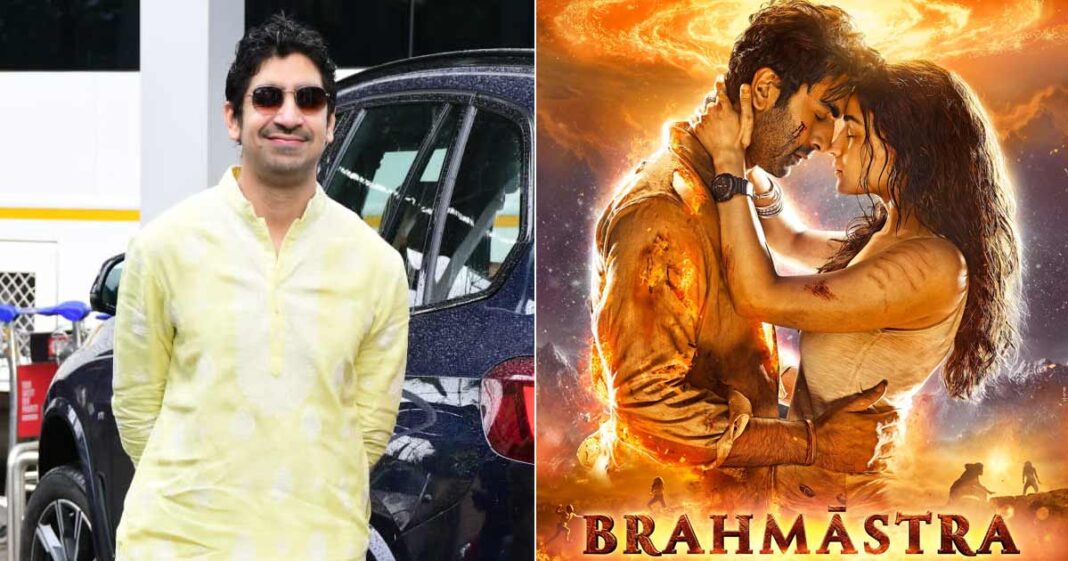
Nearly four decades before Madhuri Dixit (courtesy Alka Yagnik) in “Tezaab” (1988), she had already made the nation count “Ek do teen…” in Raj Kapoor’s “Awara” (1951) at her career’s high point, when she was eagerly sought by both established and new composers. Yet, as the 1960s began, Shamshad Begum’s robust and crystal-clear voice had largely disappeared from the film world.
The first female playback superstar of Hindi films, Shamshad Begum not only held her own against existing singers like Ameerbai Karnataki and Zohrabai Ambalewali and new singing-actresses like Noor Jehan and Suraiya, but also boosted the prospects of emerging music composers like Naushad, S.D. Burman, C. Ramchandra, and O.P. Nayyar. She also prophesied a bright future ahead for Madan Mohan and Kishore Kumar, who began as chorus singers for her songs.
Sung with gusto and a sense of abandon, her songs like “Naina bhar aye neer” (“Humayun”, 1945), “Jab usne gesu bikhraye” (“Shahjehan”, 1946), “Na bol pee pee more aangna” (“Dulari”, 1949) , “Mere piya gaye Rangoon” (“Patanga”, 1949), “Chod Babul ka ghar” and “Milte hi aankhen dil hua” (“Babul”, 1950), “Saiyan dil mein aana re” (“Bahar”, 1951), “Door koi gaye” (“Baiju Bawra, 1952), “Kabhi aar kabhi paar” (“Aar Paar”, 1954), “Leke pehla pehla pyar”, “Kahin pe nigahen kahin pe nishana”, and “Boojh mera kya naam re” (“CID”, 1956) became immensely popular – and still strike a chord, including for remix artistes.
Trending
Born in Lahore on this day (April 14, 1919) in a conservative family of modest means, Shamshad Begum’s musical abilities were recognised early – at school, where her principal made the five-year-old lead the class prayers. She sang at religious and family functions, though her family was not very keen on her “hobby”.
“In those days, a girl singing a song was not really a good thing,” Shamshad Begum’s sole daughter Usha Ratra had told IANS in an interview soon after her mother’s demise in 2013.
However, in 1931, her uncle, who was fond of music, clandestinely took her to an audition with Lahore-based music composer Ghulam Haider, who was so impressed with her that he gave her a contract for a dozen songs with the same terms as for top singers. The uncle then convinced her father to let her sing, and he eventually agreed, though he imposed two conditions – that she would record in a burka and not be photographed.
However, this contract, which was with a gramophone company, only brought her restricted fame.
“Whatever she used to sing was famous only among rich people. Gramophones used to come for Rs 250 and one record for around Rs 2, which was very expensive at that point of time. Only rich people used to hear them. She was well-known among the rich,” her daughter recalled.
Even as she continued her music career, a teenaged Shamshad Begum took another major decision in her life – she fell in love with law student Ganpat Lal Batto and married him in 1934, despite her family’s objection.
Her career took a new turn in 1937 when she was chosen to sing on All India Radio (AIR) in Peshawar and Lahore. A producer wanted her to act as well and she was willing, but her father flatly forbade her. She promised him that she would never appear before the camera – and kept her word so strictly that for the next three decades, many of her admirers didn’t even see a photograph of her.
It was legendary filmmaker Mehboob Khan, who convinced her family to let her move to Bombay and sing for films.
“Mehboob sahab told my father, ‘I will take her to Mumbai and give her a flat, car, conveyance and even if four to six people accompany her, it’s fine. Please let her come to Bombay’. My nana was not convinced but he had to give in because my mom wanted to go,” Usha Ratra recalled.
Shamshad Begum hit it big with her very first film – murder mystery “Khazanchi” (1941), the biggest hit of the year and where she rendered eight songs, and then, “Taqdeer” (1943), which marked the debut of Nargis.
She was eagerly sought after since then and composers, especially Naushad and Nayyar – who likened her voice to the “peal of a temple bell” for clarity – acknowledged how her readiness to sing for them helped their rise.
However, in the 1950s, younger singers like Lata Mangeshkar, Asha Bhosle, Geeta Datt, et all were rising and while Shamshad Begum maintained her position, the death of her husband in an accident in 1955 led her to temporarily withdraw from work.
Naushad and Nayyar did manage to coax her back for songs in several iconic films, including “Holi aayee re Kanhaai” (“Mother India”, 1956), “Reshmi salwar kurta jaali Da” (“Naya Daur”, 1957) and “Teri mehfil mein qismat” (“Mughal-e-Azam”, 1960), but after 1960, she more or less withdrew fully – only making a brief comeback to render “Kajra mohabbatwala” (“Kismat”, 1968), a duet with Asha Bhosle where she proved her voice had not lost any vigour.
Shamshad Begum spent the rest of her life with her daughter and her family, coming back into the limelight again in 2004 when there were erroneous reports of her demise. She was conferred the Padma Bhushan in 2009, and died in 2013, a few days after her 94th birthday.
According to her daughter, Shamshad Begum had no regrets.
“She earned respect and affection from the people because of her hard work and dedication… She helped everyone, but later people just took advantage of it and used her…
Advertisement
“… She used to say, ‘Whatever I have got, I have got from my god; I am not going to take anything with me. And the law of life is whoever goes up and tastes fame and name has to come down today or tomorrow. So I have tasted success and I am happy about that and I am prepared for everything’,” Usha Ratra had told IANS in 2013.
Follow Us: Facebook | Instagram | Twitter | Youtube | Google News



 Follow Us
Follow Us











